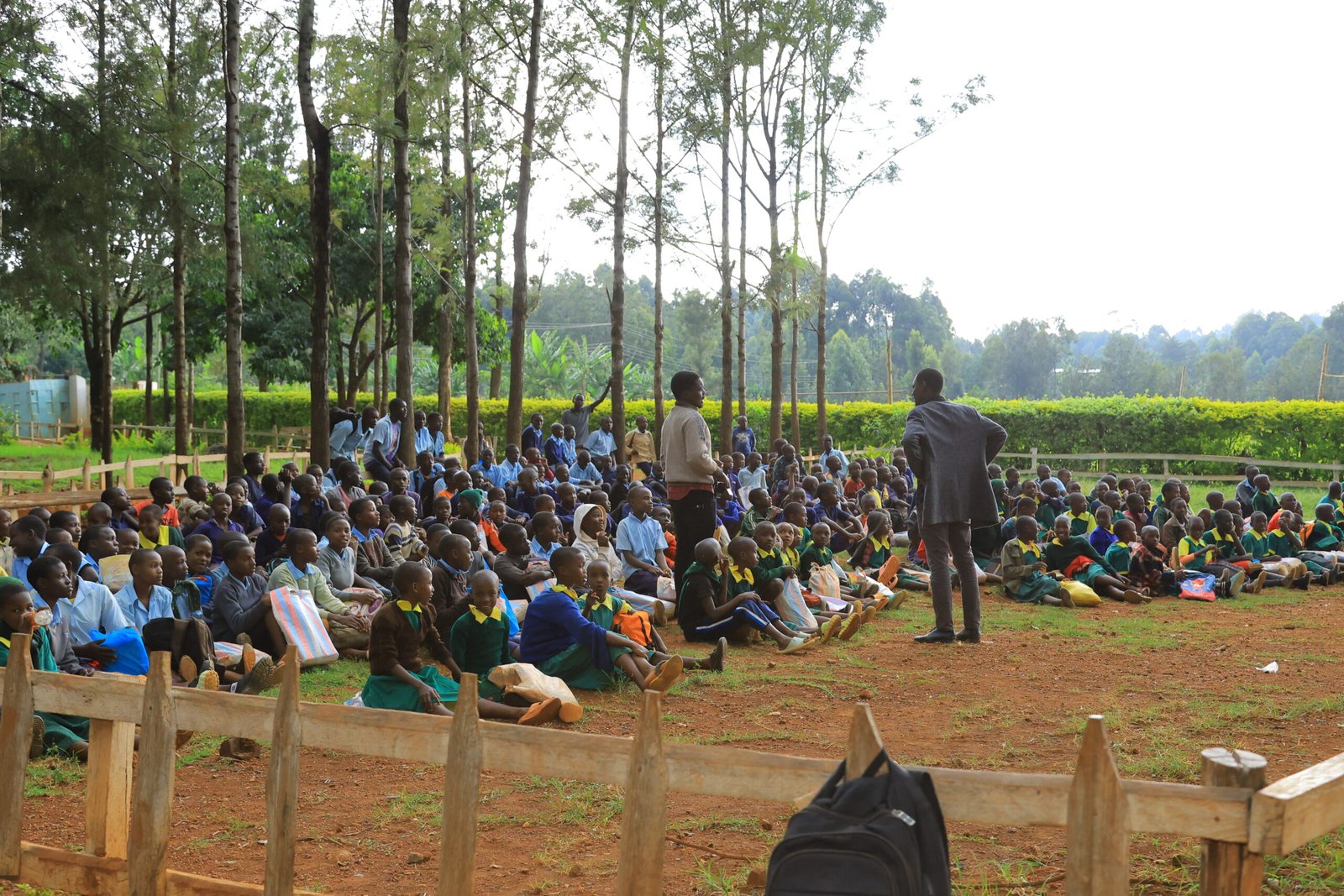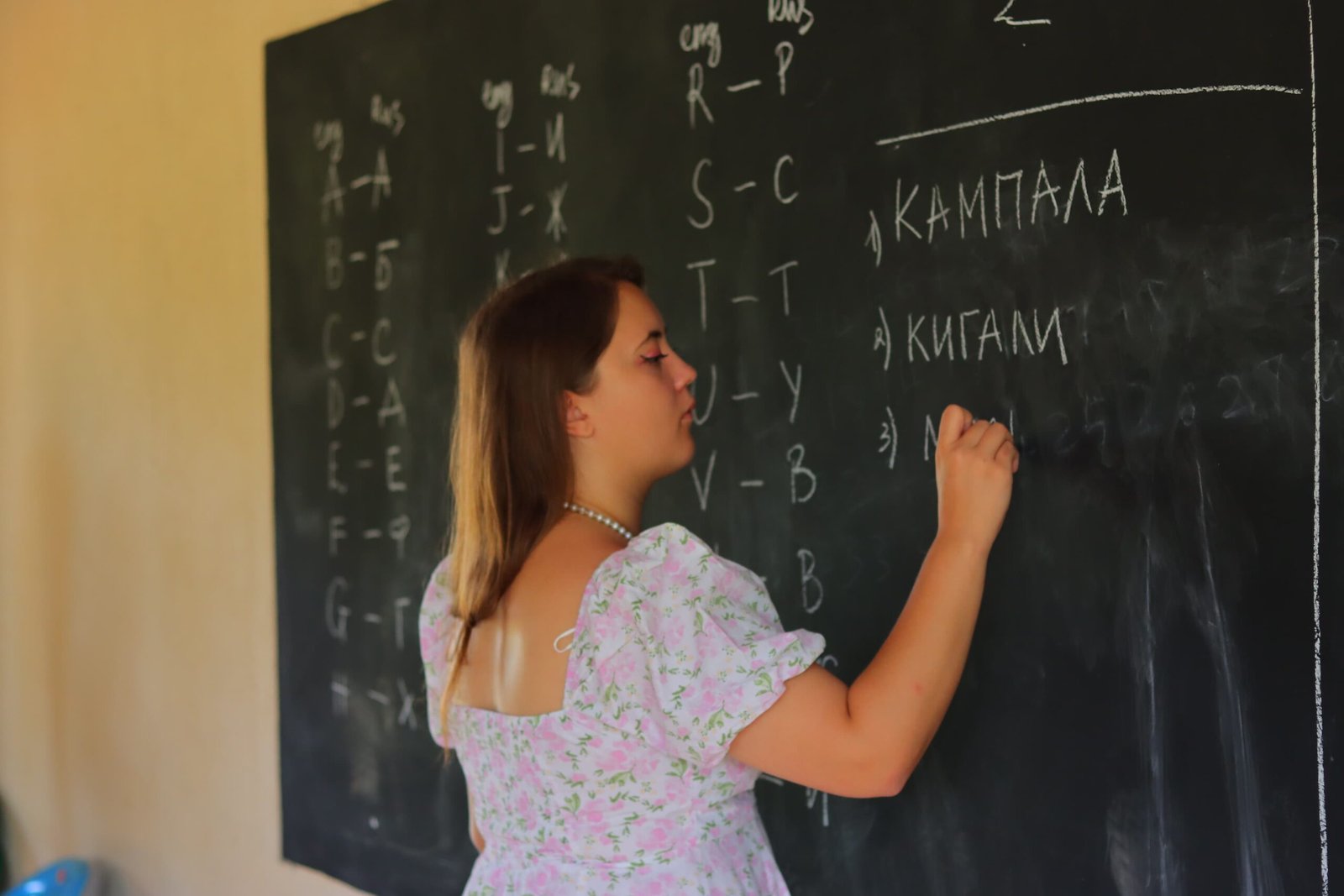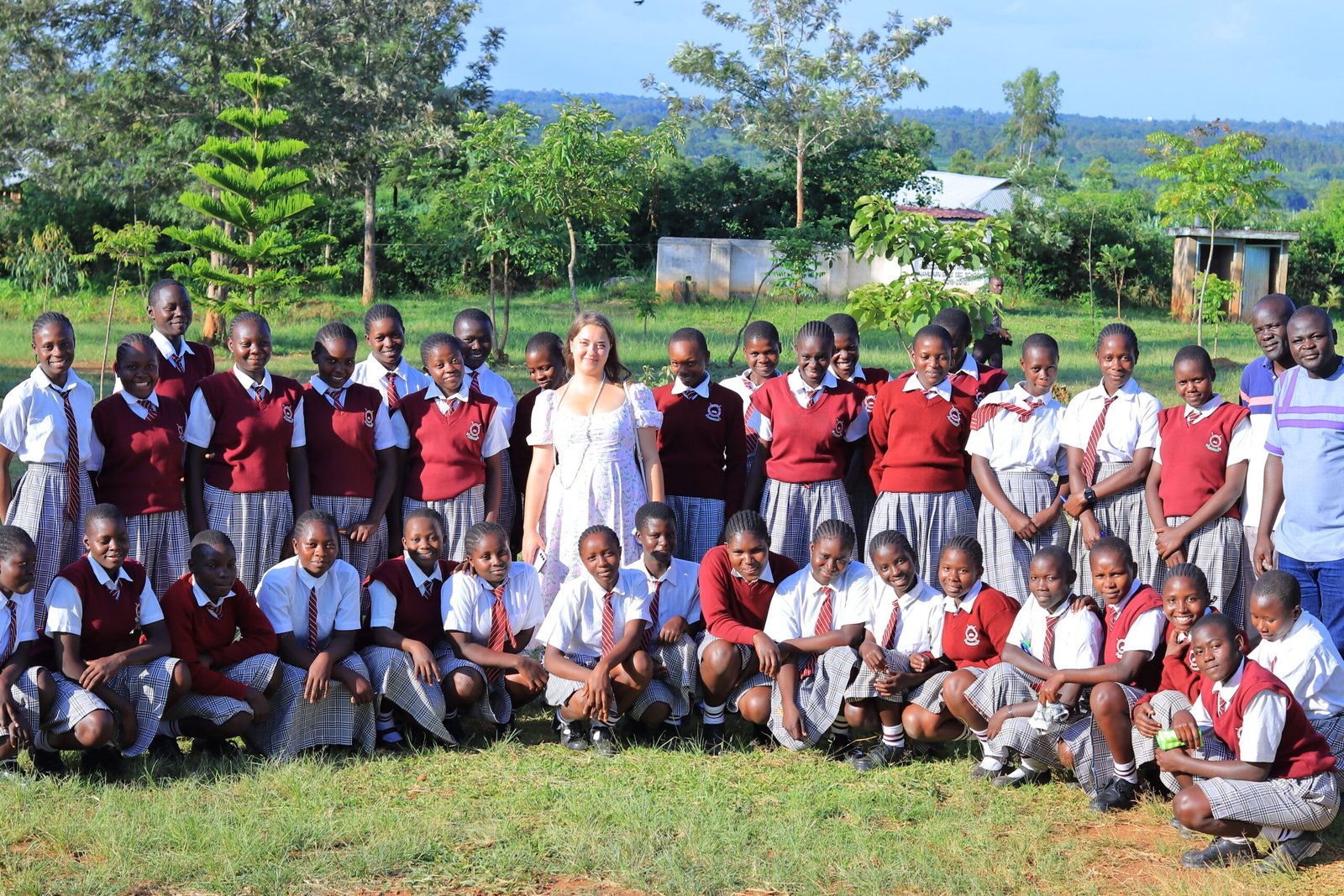Date of Visit: 1 July 2025
Subtitle: Path to Russia’s Cultural Exchange Ignites Curiosity Amid Infrastructure Crisis
Introduction: Raindrops and Resilience
On 1 July 2025, as rain drummed on corroded rooftops at Mosocho Primary and Junior Secondary School, 947 learners defied the weather with a spirited chorus: “Здравствуйте из России!” (“Hello from Russia!”). Path to Russia’s cultural exchange cut through the gloom, revealing both the transformative power of global learning and the stark realities facing one of Kisii County’s most overcrowded schools.
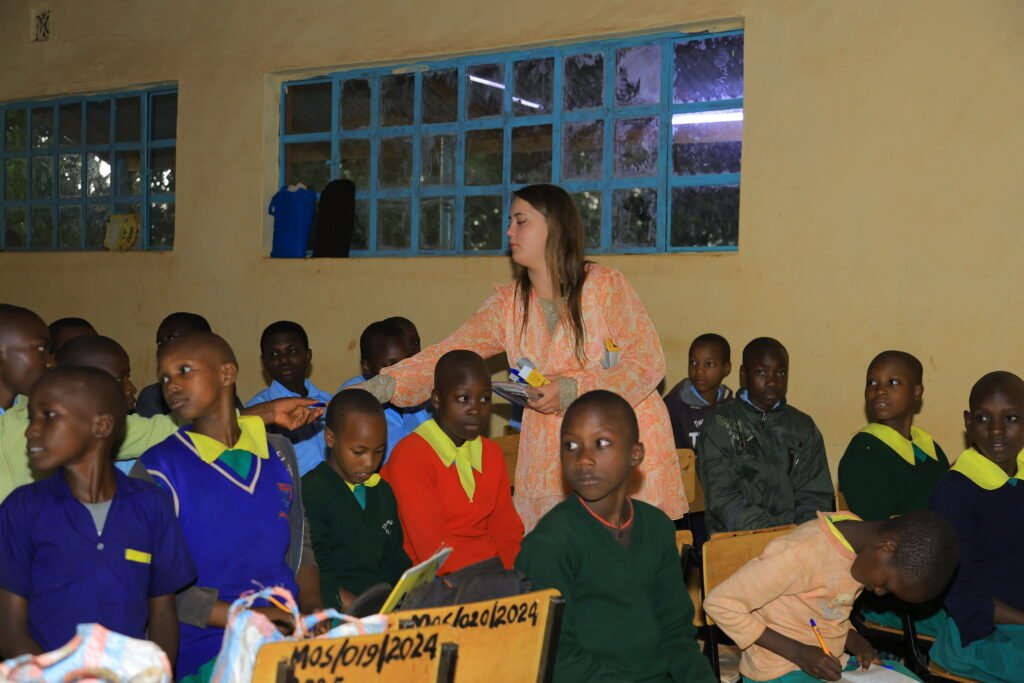
The School: A Community Anchor Under Strain
Founded in 1964 by the PAG Church, Mosocho serves as an academic sanctuary for Kitutu North’s children. Yet its success has become a double-edged sword:
- Enrollment Crisis: With 947 learners but only 237 officially registered (due to birth certificate shortages), government funding covers barely 25% of operational needs.
- Teacher Burden: 22 educators stretch across primary and secondary curricula, with critical gaps in STEM subjects.
Headteacher Jackson Nyakang’o notes: “Parents trust us with their children’s futures, but we’re rationing hope.”
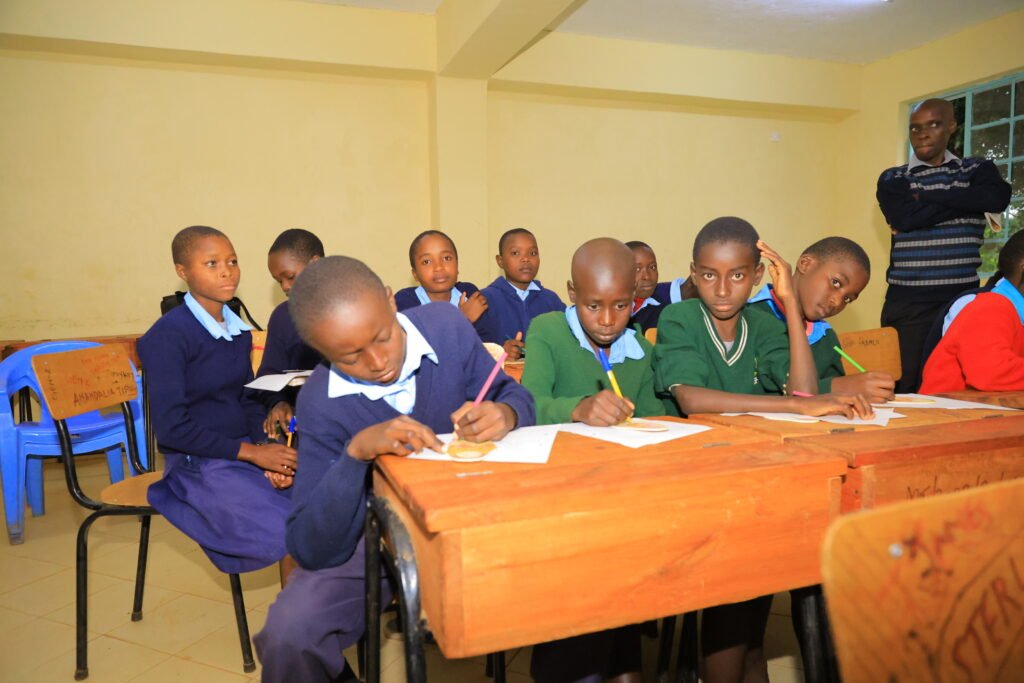
The Cultural Spark: Personalizing “Zdravstvuyte”
Amid leaking ceilings, learners embraced Russian with striking immediacy:
- Heartfelt Connection: Children customized greetings, substituting “mama” with their mothers’ names—“Здравствуйте из России, Mama Atieno!” echoed through damp classrooms.
- Teacher Commitment: Staff like Mr. Joseph Bosire championed sustainability: “Give us posters and virtual sessions—we’ll build this into our weekly lessons.”
Programme Coordinator Tonny Onyango observed: “For those hours, the cracks in the walls vanished behind their curiosity about the world.”
The Unavoidable Reality: Systemic Challenges
- Infrastructure on the Brink
- Classrooms: Grades 3 and 7 squeeze 100+ pupils into single rooms with broken windows and flooding floors.
- Sanitation: 8 girls’ and 6 boys’ toilets serve all learners; unfinished latrines fester near classrooms.
- Hunger & Water: No kitchen exists for students. Rainwater tanks lack drainage, breeding mosquitos in stagnant pools.
- Invisible Barriers
- Digital Divide: A single printer processes exams for 947 students. One 4G router strains under administrative needs.
- Adolescent Vulnerabilities: Four teenage pregnancies this year underscore gaps in health education.
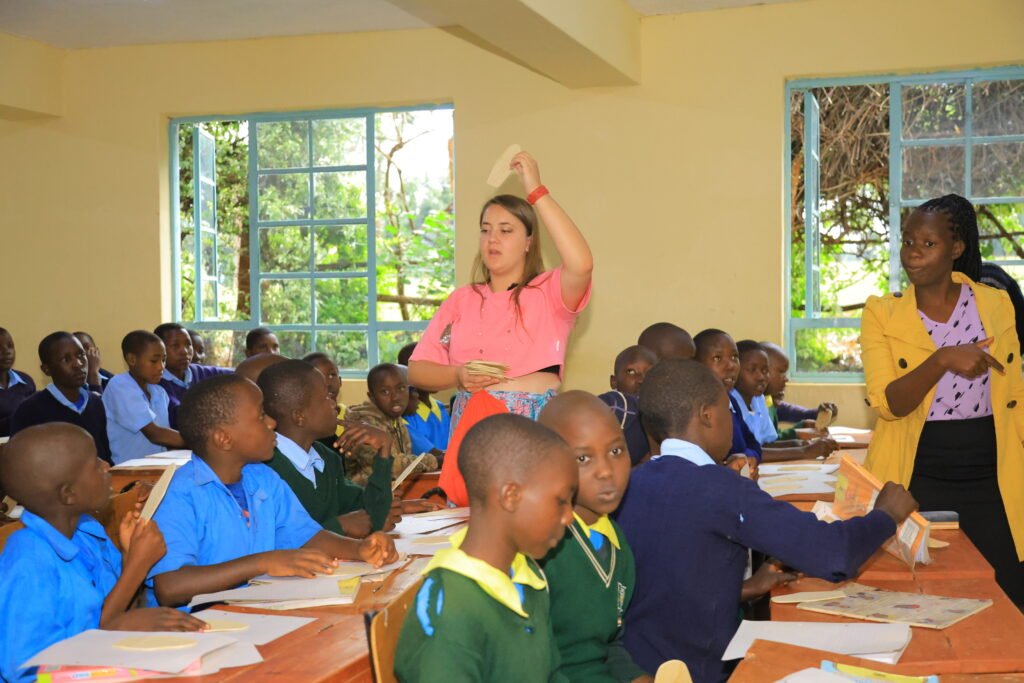
Path Forward: Turning Awareness into Action
Mosocho’s potential demands urgent partnership:
- Infrastructure: Construct classrooms for Grades 3/7 and complete sanitation blocks.
- Water Security: Install pumps from nearby springs with storage tanks.
- Educational Equity: Fund birth certificates to unlock government capitation.
- Cultural Sustainability: Provide Russian visual aids for classroom integration.
“These children greeted Russia with joy,” emphasizes Headteacher Nyakang’o. “Now they need the world to answer.”
Conclusion: A Call for Solidarity
Mosocho’s learners proved that resource scarcity cannot extinguish curiosity. By addressing infrastructure and systemic gaps, we can ensure their newfound global perspective becomes a pathway to opportunity—not another unmet promise.


